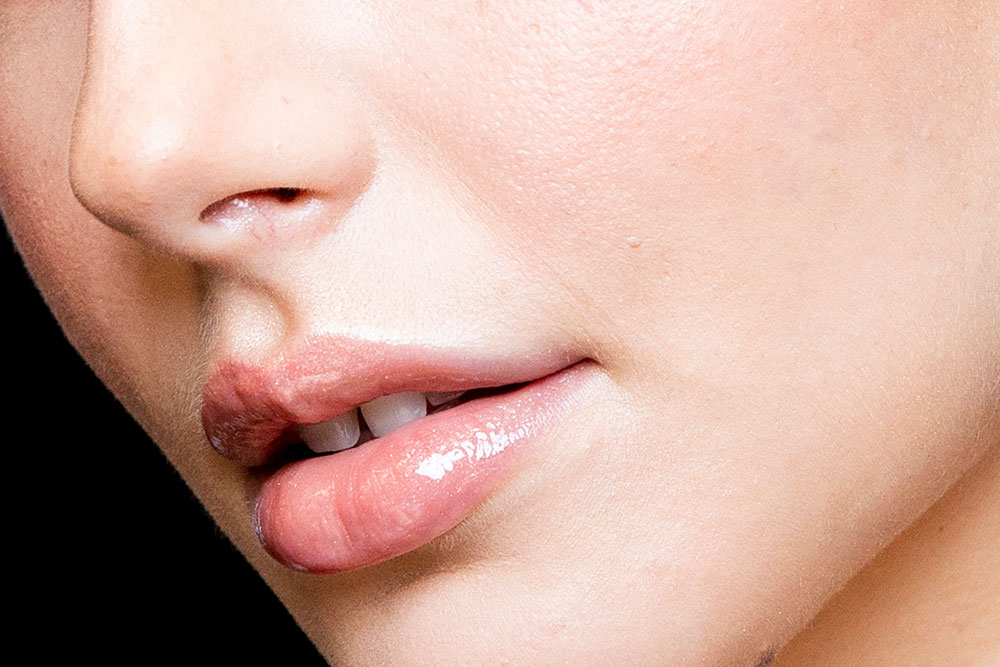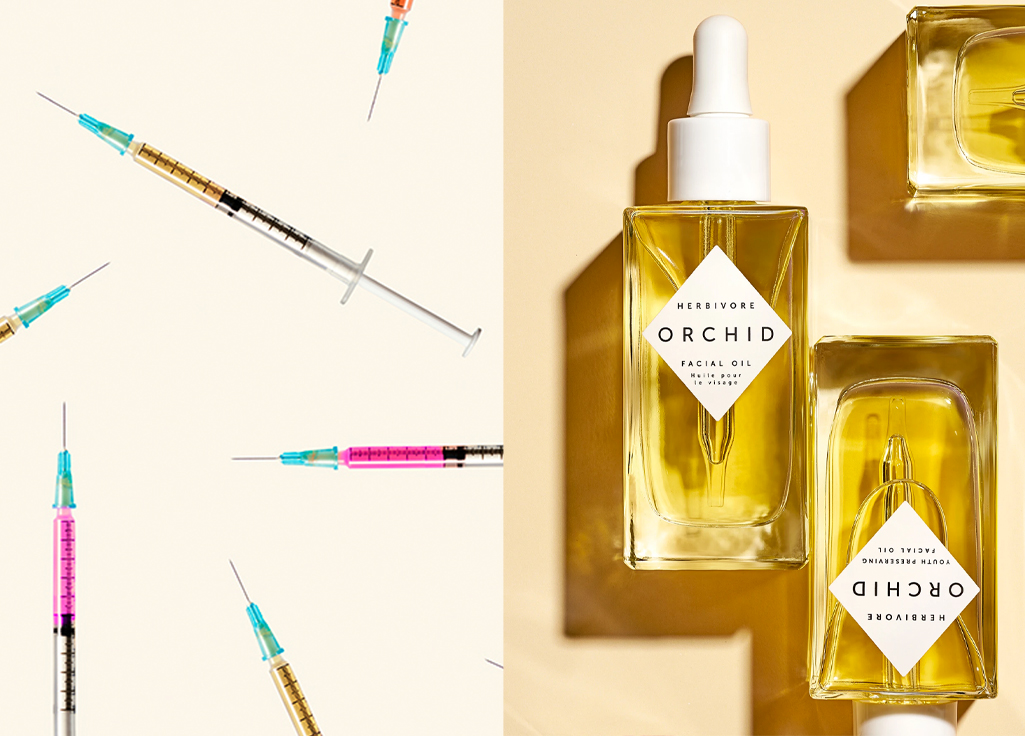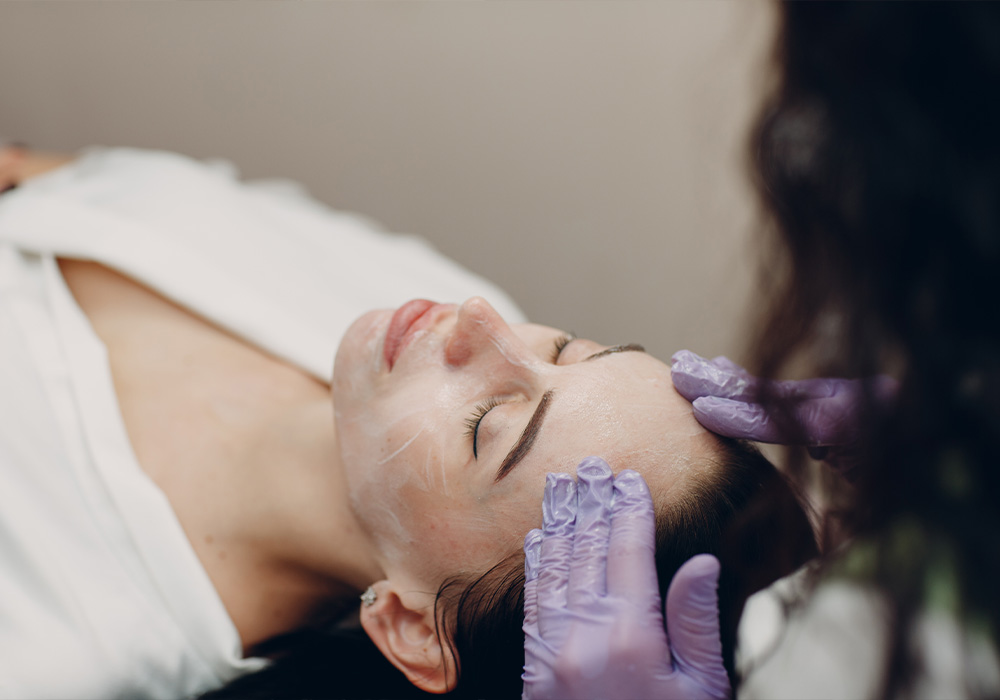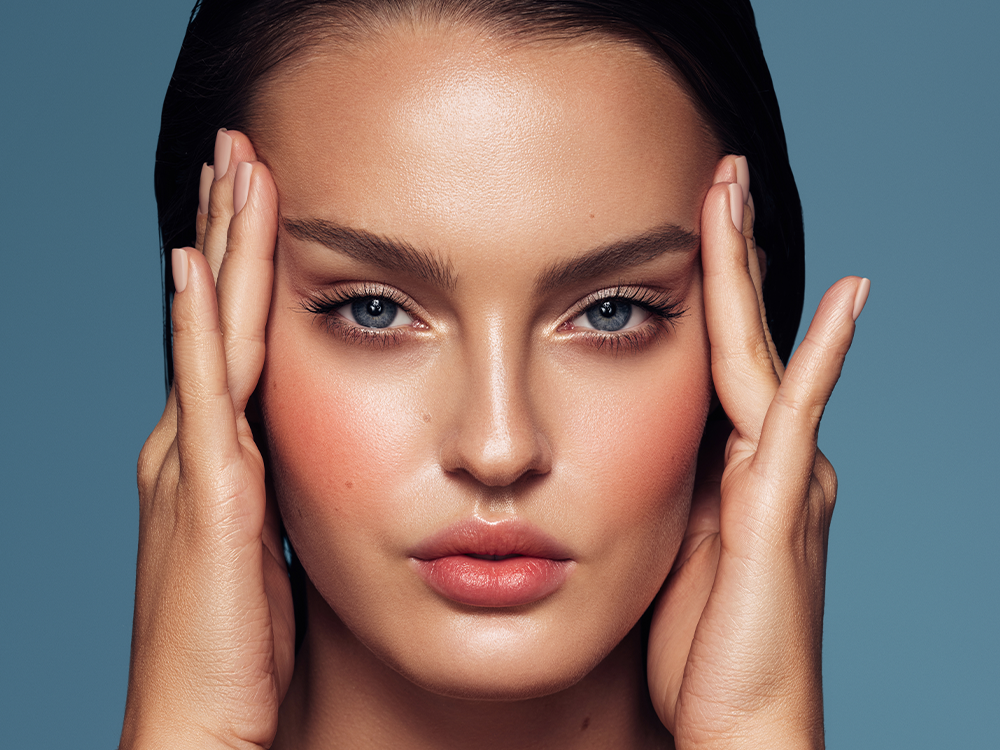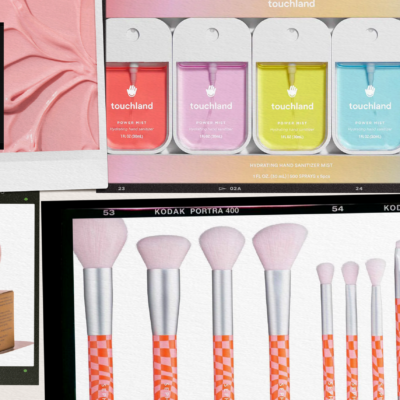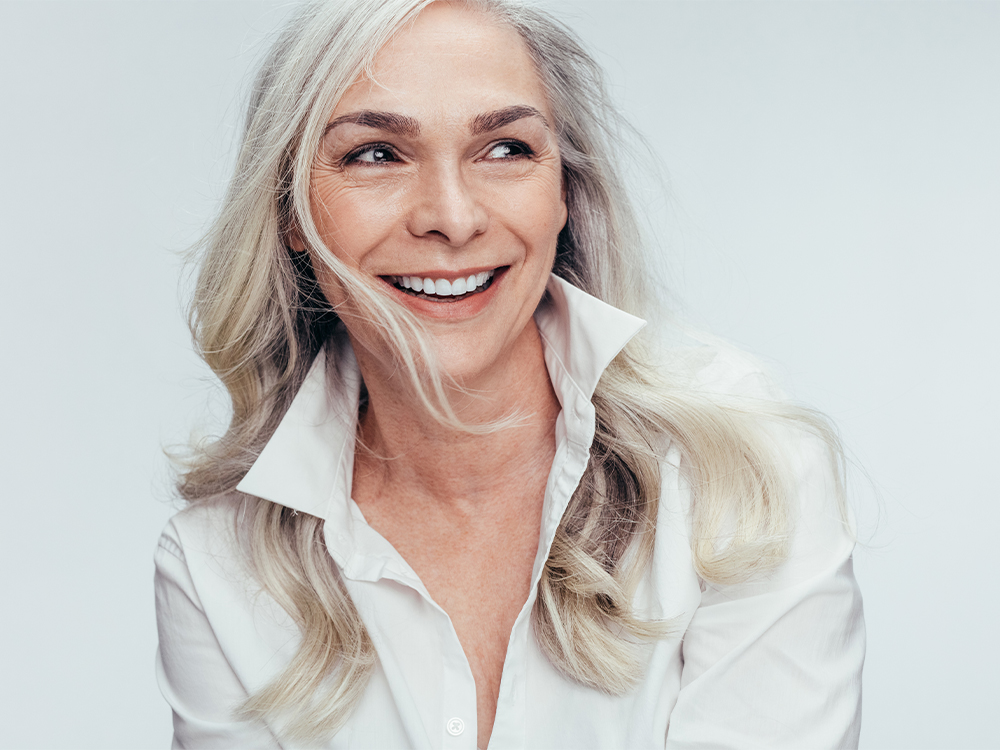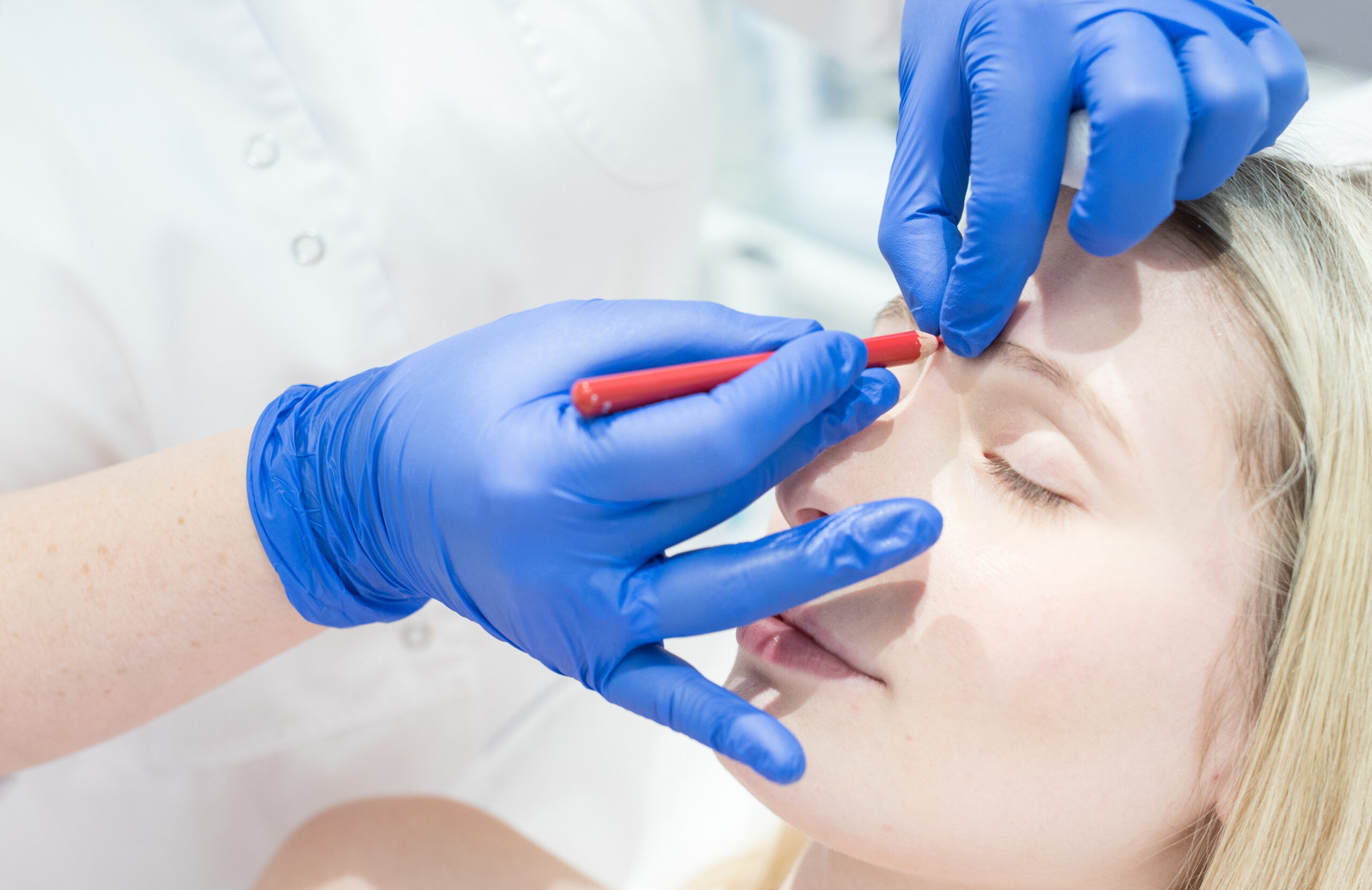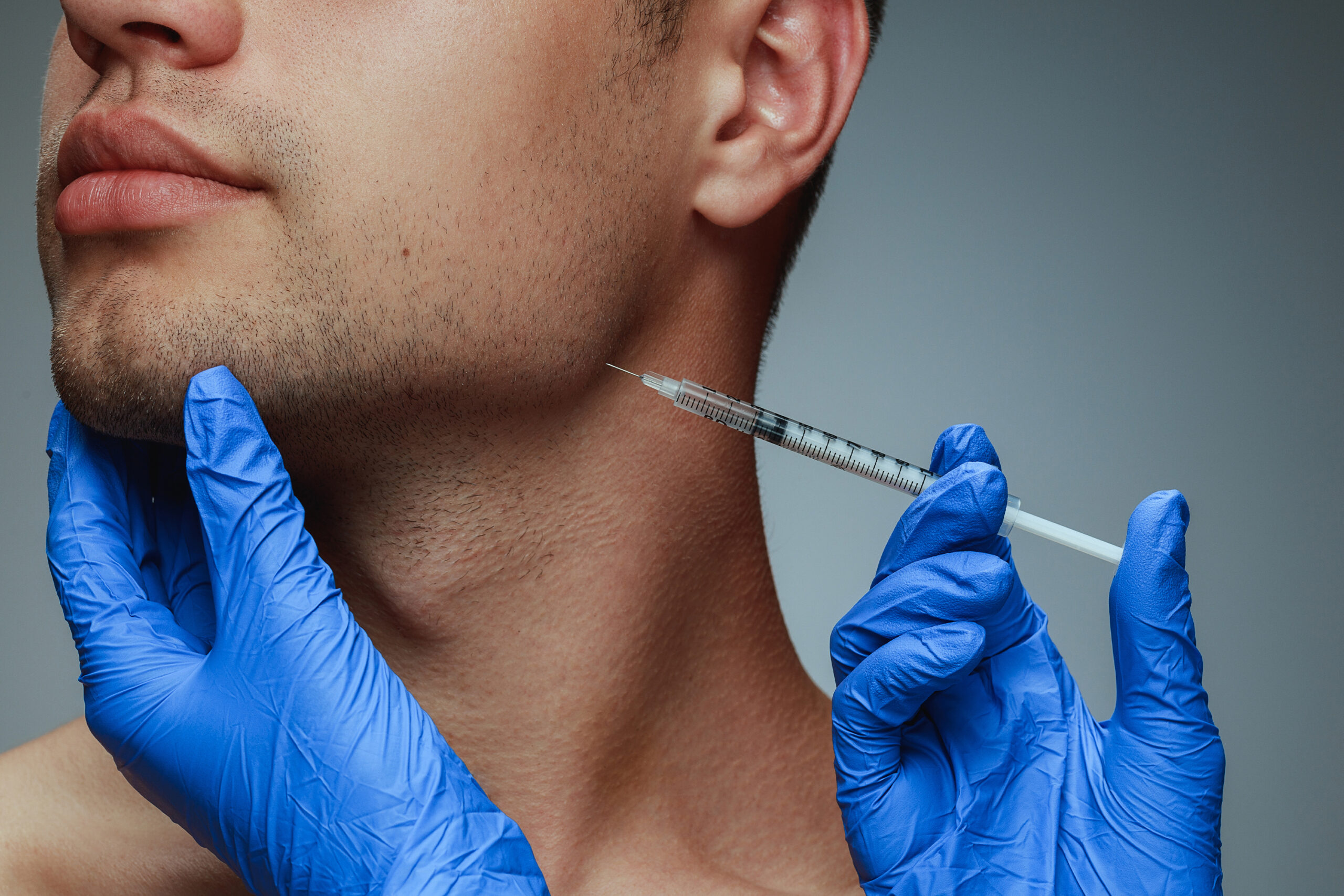It’s called a Hyaluron Pen and it’s making big waves on social media. The trending “needle-free filler” treatment is prevalent in medspas and salons and is blowing up on social media—but what kind of filler is it, and is it safe?
You May Also Like: The New Way Fillers Are Being Used to Boost Collagen Without Any Injections
What It Is
Using a round-tip pen with a circular opening, the hyaluronic filler pen treatment uses pressure to deliver hyaluronic acid into the skin. “Hyaluronic acid is a water-binding molecule, so this temporarily ‘fills’ the skin instead of injecting under the skin as with traditional HA injections,” explains Germantown, TN dermatologist Purvisha Patel, MD. “They are popular in spa settings, as the administrator does not have to be a medical professional. The pen uses needles to penetrate the skin, so there are risks involved, especially if there is bleeding. Safety is in the hands of the injector, and it should be done in a medical or a medispa setting with a board-certified medical director. Risks include bleeding, bruising, infection—bacterial or cold sore activation—and asymmetric results.”
According to marketing materials used in salons and beauty bars, the ingredients are supposed to rejuvenate and lift the skin by “providing hydration and stimulating collagen production, leaving lips plump and wrinkles filled in.” Although advertisements boast results can last from four to 12 months like traditional filler, doctors say that claim seems rather unbelievable.
What the Experts Say
According to Warwick, RI dermatologist Caroline Chang, MD, don’t expect filler-like longevity: “It reasonably will only penetrate the top layers of the skin which can give an immediate hydration effect, but that effect will be temporary. Most of the product does not even penetrate the skin and can be seen on the surface of the skin after the treatment.”
New York facial plastic surgeon Lee Ann M. Klausner, MD says in addition to having untrained and inexperienced people performing these treatments on themselves or others, we also don’t know what the products being used are and what they contain. “You’re having someone with an untrained eye, or no experience of the anatomy, traumatize the skin and while there is physical trauma from the actual injection that high pressure, high-velocity injection, it can cause damage to surface skin surface mucosa or compression of blood vessels that can cause breakdown of the skin,” she says. “We also don’t really know what’s in the hyaluronic-acid beads. Is it truly pure hyaluronic acid? Is it stable? Is there something else in there that can cause scar tissue formation? It’s dangerous and although we always embrace new technology, we also want to be more efficient with our delivery of the latest cosmetic treatments.”
“It is also difficult for an inexperienced user to control the depth and pressure, which may increase bruising and potentially lead to uneven results and lumps in the lips,” adds New York facial plastic surgeon Konstantin Vasyukevich, MD. “For best results lip filler should be administered by a trained medical professional.”
Banned in Canada
In 2019, the Canadian department of public health announced, “needle-free dermal filler devices used for cosmetic skin treatments are not authorized in Canada and may pose health risks.” An Edmonton dermatology practice recently posted what they call a “Hyaluron Pen Intervention” on their Instagram page. The post shows Alberta, Canada dermatologist Zaki Taher, MD performing an emergency treatment to correct a Hyaluron Pen procedure that resulted in a blocked blood vessel in the lip. According to Dr. Taher, without intervention the patient could have had further lasting damage to her lip.
The Final Verdict
“This is not the gold standard for lip plumping,” cautions Dr. Patel. “Given its popularity in nonmedical settings, safety is a concern. Once again, buyer beware.”
